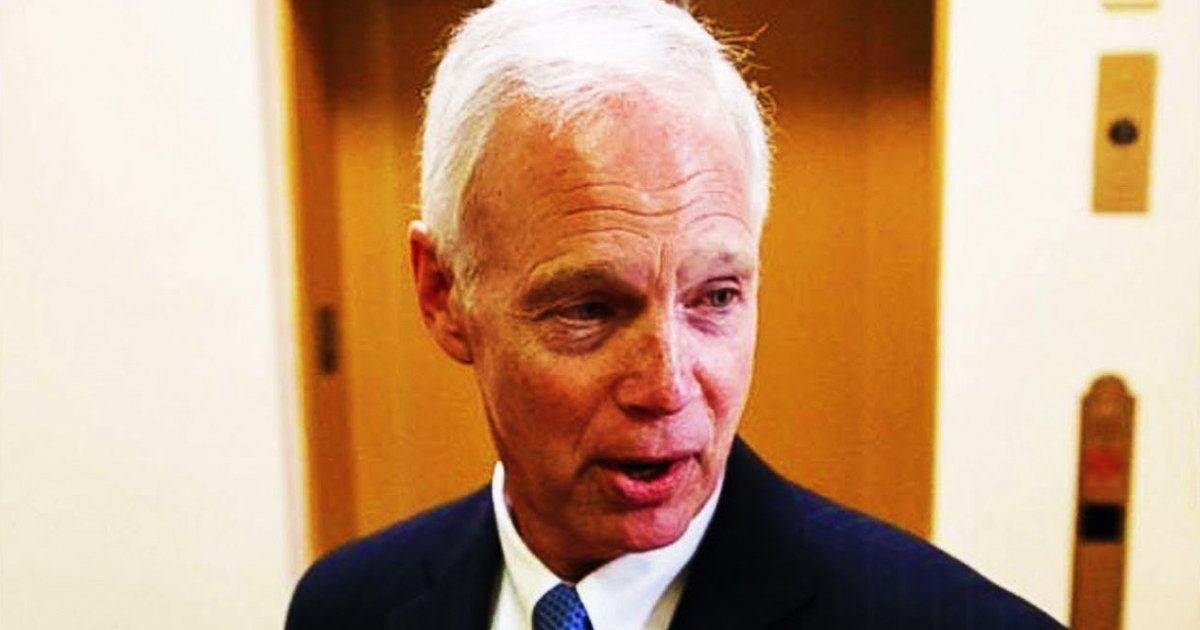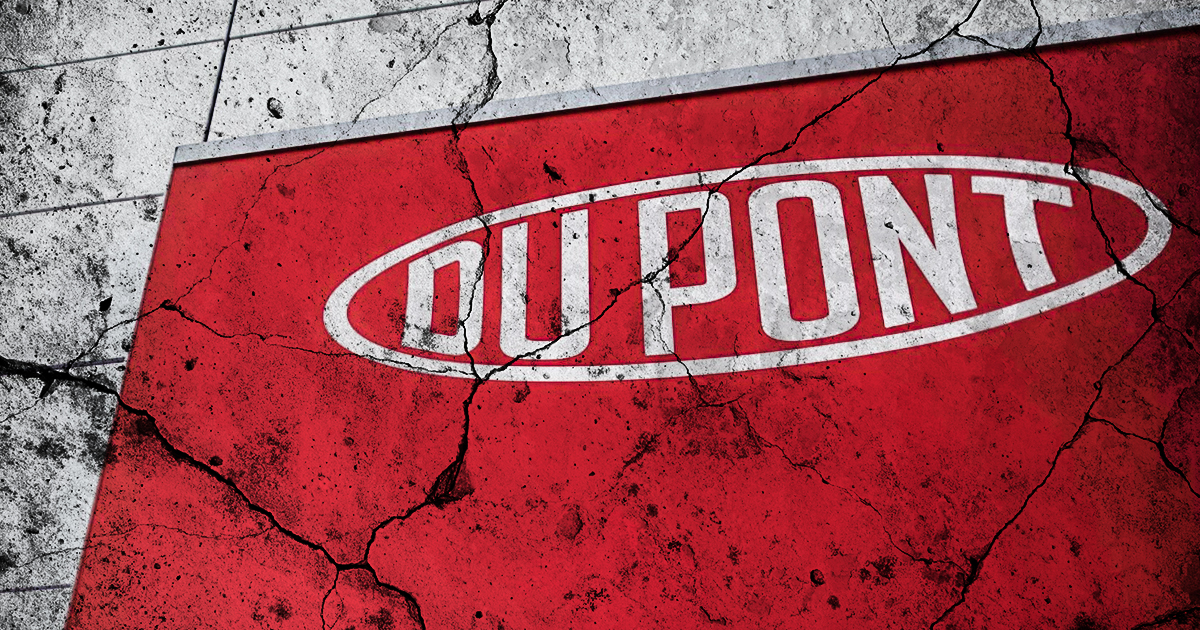Half a decade after the Fukishima disaster, yet another radioactive threat is raising its ugly head in the Pacific. It is the result of a dozen years of nuclear tests following the Second World War, now intersecting with rising sea levels due to global climate change.
You may never have heard of “Cactus Dome,” but chances are you know the name “Bikini.” It lives on in the name of a skimpy, two-piece bathing suit for women, first popularized in the late 1940s. Bikini Atoll, part of the Marshall Islands, was the site of the first nuclear tests after the end of the Second World War. More testing followed; by the time the testing program came to an end in 1958, there was enough radioactive waste to cover a hole the width of three-and-half football fields to a depth of 30 feet.
It took more than twenty years for the Defense Department to deal with the problem. In 1977, construction began on a gargantuan concrete dome. The project took over three years. Underneath the concrete, there lies tons of plutonium- 239 – a radioactive isotope with a half-life of 24,000 years. That means it will take four times the span of recorded history in order for half of this radioactive poison to decay. It will still be around a thousand centuries in the future.
Right now, that plutonium-239 is leaking into the ocean. The reason: rising sea levels are eating away at the concrete, causing it to deteriorate.
Cactus Dome was never intended to be anything but a temporary solution. It was believed that the concrete structure could contain the radioactive material until a “more permanent solution” could be devised. Responsibility for that solution was handed off to the government of the Marshall Islands in a 1983 treaty. Financially, the Marshallese government is in no position to deal with the problem. With a population of 54,000 and a GDP of $190 million – primarily due to U.S. aid – there is virtually no way for the tiny island nation to fund workable solutions.
Since traditional occupations were destroyed as a result of the nuclear program, Runit Island’s fisheries and large amounts of scrap metal are the only viable ways for locals to make a living. Marshall Islanders are aware of the contamination – but there aren’t many options. At the same time, the U.S. federal government has managed to avoid taking any further responsibility for the plight of the Marshallese people. Instead, an official Department of Energy report from 2013 largely dismisses health and environmental concerns.
Located halfway between Hawaii and Australia, the Marshall Islands may seem remote. It’s easy for some (particularly those in government) to dismiss Marshallese concerns and decide that as long as it doesn’t affect us, it doesn’t matter. The fact, however, is that it does affect us. Last year, scientists from China and Japan published an article in the journal Environmental Science & Technology reporting the discovery of plutonium in the waters of the Zhu-Jiang River estuary and off the southern Chinese coast.
Sailors from time immemorial have known that, despite geographic labels, all the world’s oceans are connected. The motion of currents can potentially carry anything to almost any coast on the planet – including radioactive waste. It means that the problems facing the people of the Marshall Islands are our problems – as the ghosts of Bikini Atoll return to haunt us.




